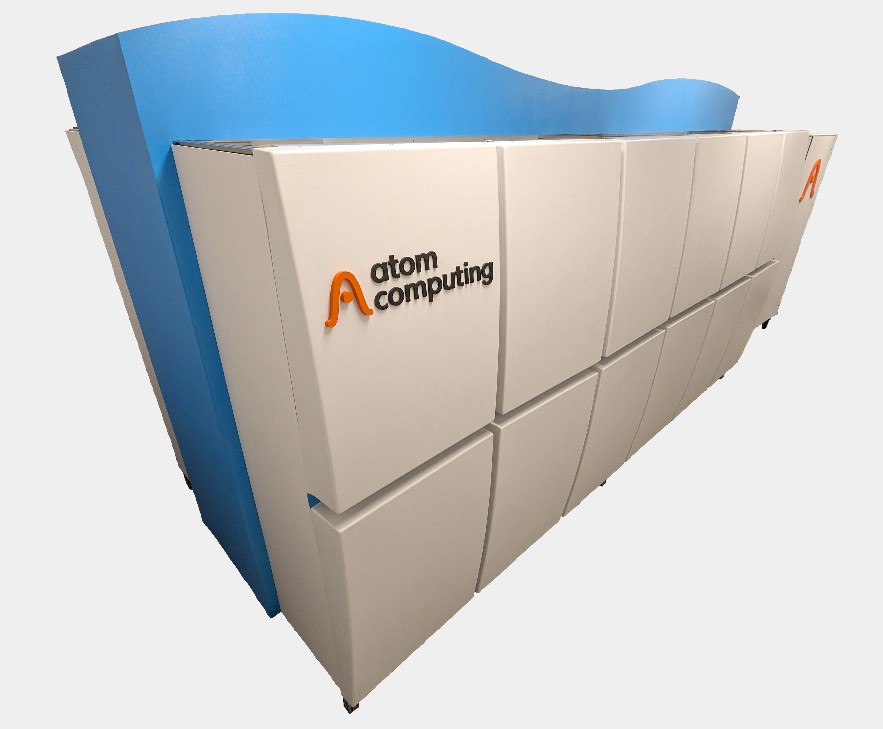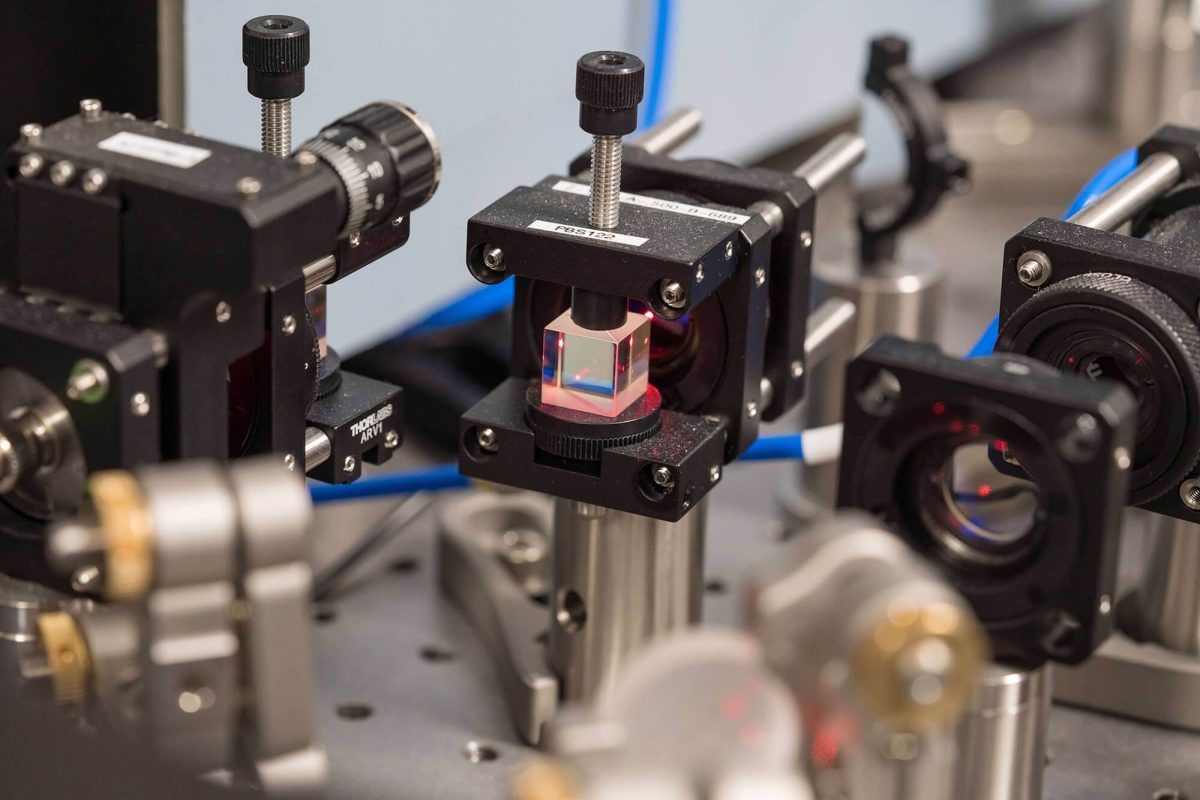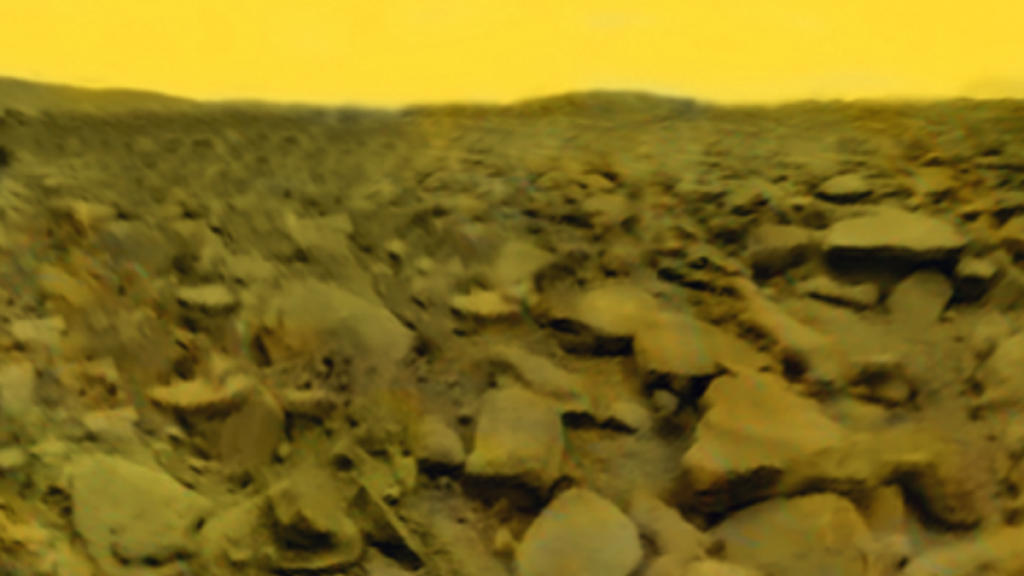Another step forward in technology that represents the future of computing.
Quantum computing technology is growing at exponential rates. Single In 2022, IBM announced the creation of the first computer equipped with a 433 qubit chipFour times that of the previous generation dating back to the previous year, and 16 times the number of qubits of the first Falcon chip manufactured in 2019. Now, Atom Computing startup has blown away the competition with a new record It’s hard to reach. First, we define a quantum computer as a computer that uses arrays of atoms trapped by optical techniques, which allow its state to be modified in addition to the classical “on/off” of classical transistor circuits. In this way a single quantitative value corresponds to multiple classical values simultaneously.
Atom Computing has created the world’s first quantum computer with more than 1,000 physical qubits (specifically they are 1180) based on neutral atoms in the Rydberg state which ensures Consistency of 40 seconds, which is a surprisingly high window compared to qubits built on other tricks (such as ions).
Directional laser and performance in service
The secret is to use a laser to target the atoms in the… Rydberg StateThat is, they have outer electrons that are weakly bound to the nucleus, and float at a great distance from it. When two atoms are in this state and are a short distance from each other, they can entangle. Since lasers allow you to determine the orientation of individual atoms, this also allows you to bind specific atoms together. In this way, Atom Computing is able to organize atoms in an orderly manner and within limited spaces.
Only in 2021 were they able to organize it into a lattice of 10 x 10 atoms, and in just two years they were able to triple this value, reducing the system by a whole order of magnitude. The latest experiment managed to organize atoms into a 35 x 35 grid, with a total of 1,225 possible atoms (as mentioned, the actual test arranged 1,180): it is the computer with the largest number of qubits ever created to date, and although it was Lab testing Atom Computing says it’s confident it can happen Start marketing it early next year.

Forget consumer marketing for now: quantum computers are still in their embryonic stage, and require a lot of research before they work properly. Although they are able to perform, in a matter of seconds, calculations that would take years or decades on a regular computer, they still suffer from high rates of unpredictability. They are also now large in size, reminiscent of university mainframes in the 1970s. The development of technology also stems from the increasing miniaturization of components. Only a few multinational companies and research centers currently own quantum computers, and these are often the same entities that fund their development.
The boxes that house Atom Computing’s networking, optical and laser systems currently measure 12 by 5 feet (1.5 by 3.6 meters) each, not counting the rest of the hardware that a computer runs on. The company intends to “rent” the performance of its devices according to a model called “quantum computing as a service” (QCaaS). In short, the goal is to provide cloud services. However, a quantum computer is currently artificially limited to executing algorithms that do not require the use of the entire network, which can lead to very high margins of error. It is hoped that with the passage of time and the development of technology these limits will disappear. At the same time, the excess qubits can be used for parallel computing and/or verification operations, to reduce the probability of error and speed up the calculation process.
And now?

The next steps focus specifically on reducing the margin of error in quantum systems and increasing their scalability. Atom Computing’s ambition would be to create systems of tens of thousands, if not millions of qubits: The systems are so dense that they are error-resistant. To do this, a series of challenges related to technological innovation must be overcome not only for the qubits themselves, but also for all the technologies surrounding them: for example, going from 100 to 1000 qubits requires huge resources to master laser technology, which is essential. To reduce the background noise of the laser itself.
As the number of qubits increases, the difficulty of moving and connecting atoms also increases. Entangling certain atoms becomes more difficult as their number increases, with the risk of creating bottlenecks that eventually slow down the entire process. To overcome the problem, it will be necessary to further improve signaling techniques, as well as study the possibility of creating networks that evolve in 3D.

“Internet trailblazer. Travelaholic. Passionate social media evangelist. Tv advocate.”







More Stories
Listen to the haunting sound of space thunder recorded on Venus in 1982
Watch a real video of the comet's surface
Moon and Earth photographed from 1.5 million kilometers away: Watch NASA's stunning video